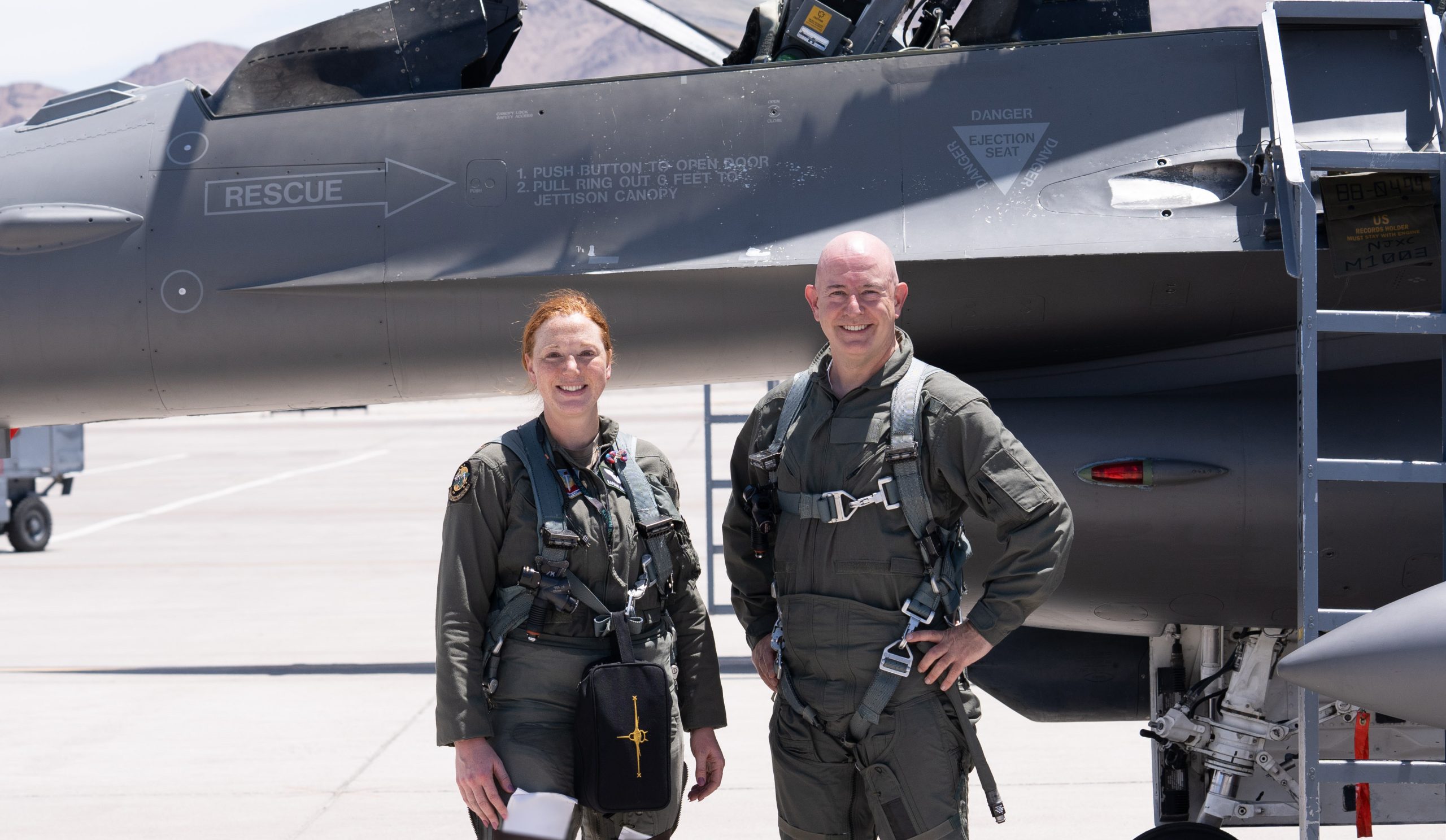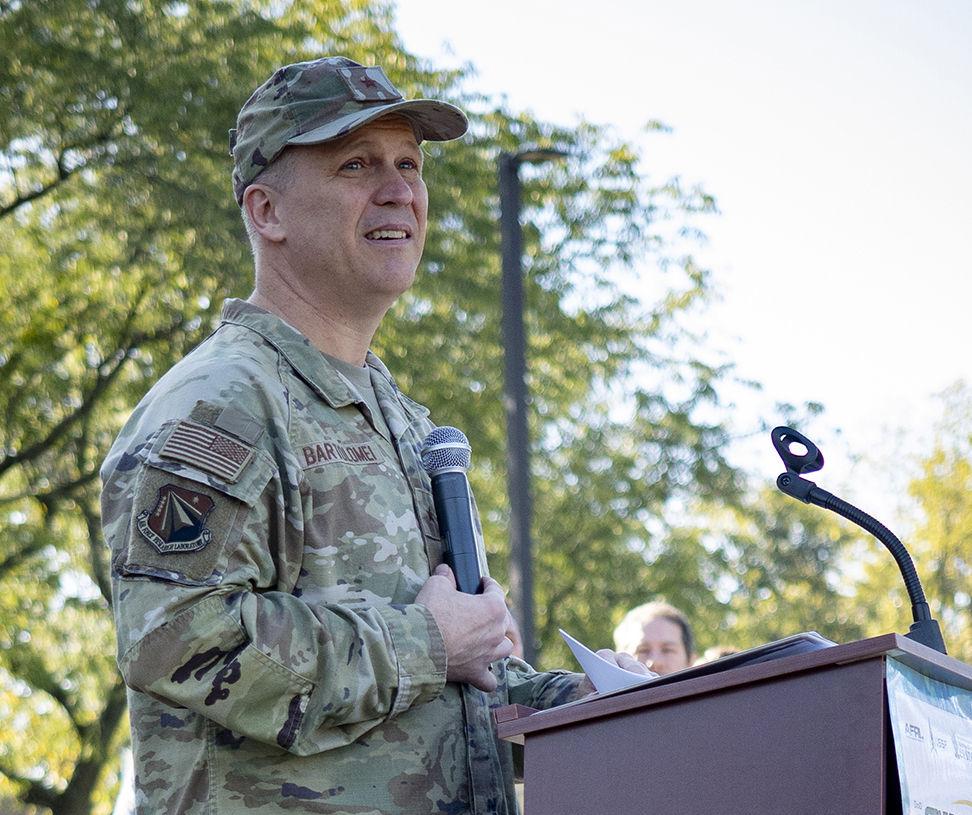A-10 Scar Tissue

We wouldn’t be having this discussion about the A-10 if we had optimized the deliveries of the F 35A. The F-35 was designed to replace the F-117, the A-10 and F-15E model, but we truncated the buy of the of the aircraft. … Now, we have to make decisions on heritage inventory … It’s a self-defeating, circular argument. You know, you can’t buy more [F-35s]; … that forces you to keep the older [aircraft], but you can’t get rid of the older ones because you’re not buying enough of the newer. … So it’s like [pilot-induced oscillation], … just freeze the stick. Go back and figure out what’s the delivery schedule that we need.
—Former Chief of Staff Gen. T. Michael Moseley on how the Air Force wound up struggling with its “divest to invest” plan, particularly on the A-10, when it needs as many 5th-generation or better fighters “as fast as we can get them” [AFA Mitchell Institute media roundtable, July 7].
Disruption, Not Management
There’s often this misperception that DARPA’s a bunch of cowboys and we’re shooting from the hip, and every once in a while, we get lucky. Nothing could be further from the truth. The reason that we have earned, after more than 60 years … this right to take these audacious shots at these disruptive things—and often fail—is because the Pentagon leadership, Congress, American taxpayers, they know that when we fail, we fail for the right reasons, because we are pushing beyond the state of the art … [toward the] … impossible, not because we mismanaged our program. … But … we don’t do research for research sake. On Day One of every DARPA program, we start with the impact objective. How is this program going to change the world in some way that improves our national security? And then the whole program is designed and executed to go achieve that impact. … Our objective is to maximize the probability of finding massive disruptions, not efficiently leveraging work in any one program.
—Rob McHenry, deputy director of the Defense Advanced Research Projects Agency,
[AFA Mitchell Institute “Aerospace Nation” webinar, June 25].
Let There Be No Doubt
Our B-2s went in and out of … these nuclear sites, in and out and back without the world knowing at all. … It was historic, a strike that included the longest B-2 Spirit bomber mission since 2001 and the first operational employment of the MOP, a massive ordinance penetrator. The mission demonstrated to the world the level of joint and allied integration that speak to the strength of our alliances and our joint forces. As President Trump has stated, the United States does not seek war, but let me be clear: We will act swiftly and decisively when our people, our partners or our interests are threatened.
— Defense Secretary Pete Hegseth, June 20, on the U.S. strikes on Iran’s nuclear sites.
One Budget, Two Bills
When I came into the position … one of the things that surprised me was the level of modernization going on in pretty much every mission area. … I think to be able to maintain that, as well as maintain readiness, … the one budget, two bills total—the total request from the Department of the Air Force perspective—we will need a comparable top line going forward to do everything that we’re being asked to do right now.”
—Air Force Secretary Troy Meink, testifying before the Senate Appropriations defense subcommittee, June 26.
Loyal Wingman
With this flight, we mark a crucial step in developing capabilities that harness human-machine teaming to overcome complex threats and expand our advantages. … By developing and integrating autonomous platforms with manned systems, we can quickly adapt, increase combat effectiveness, and reduce risk to our aircrews in contested environments.
—Brig. Gen. Jason E. Bartolomei, commander of the Air Force Research Laboratory, after U.S. Air Force fighter pilots integrated two Kratos XQ-58A Valkyrie drones into an aerial combat training exercise at Eglin Air Force Base,Fla., on July 3 advancinghuman-machine teaming and training.
More Mission, More Budget
The new missions that are being asked of the Space Force to contest the domain of space, which has become a new warfighting domain, are going to require a new level of resources, and that means we are going to need more in order to accomplish the missions that we’ve been given.
—Chief of Space Operations Gen. B. Chance Saltzman, testifying before the Senate Appropriations defense subcommittee, June 26.




